In today's modern architecture, the role of glass windows has never been more pivotal. With the increasing demand for energy efficiency and aesthetic appeal, glass windows stand out as an ideal choice. According to a report by the U.S. Department of Energy, windows can account for up to 30% of a building's heating and cooling energy use, making the selection of high-quality options essential. LEAWOD Windows & Doors Group Co., Ltd. recognizes this necessity, offering an innovative line of R7 seamless whole welding windows and doors that not only enhance a building's visual appeal but also improve energy performance. By focusing on cutting-edge design and advanced manufacturing techniques, LEAWOD is committed to providing high-quality finished products that meet the evolving needs of modern architecture. Embracing glass windows as a key element of design allows architects and homeowners alike to enjoy natural light while also ensuring sustainability.
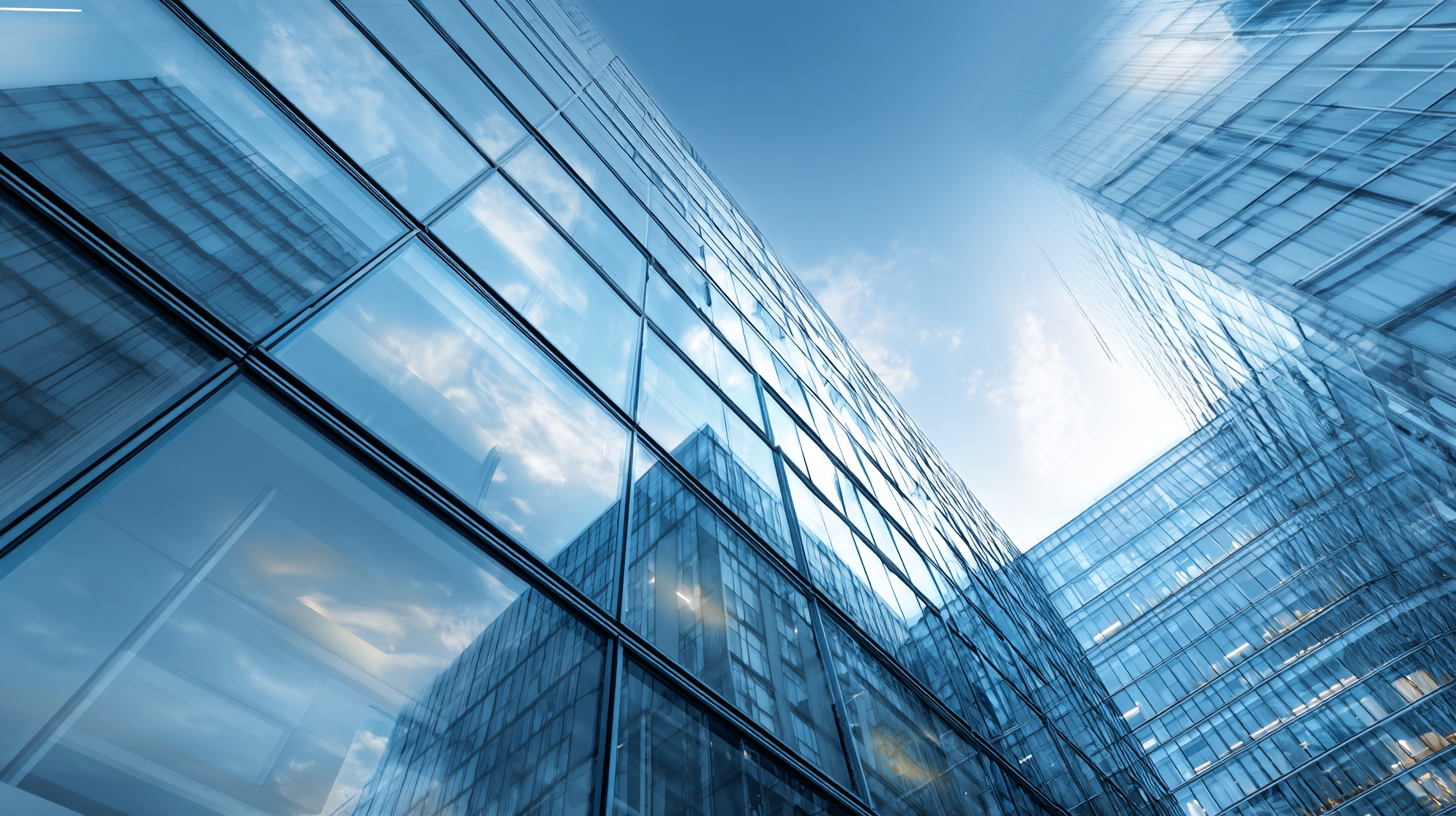
Natural light has become an essential element in modern architecture, enhancing both the aesthetic and functional qualities of spaces. Studies by the American Institute of Architects reveal that access to natural light can increase productivity in work environments by up to 20%, making it a transformative factor for offices and collaborative spaces. Additionally, a report from the National Renewable Energy Laboratory indicates that well-designed daylighting strategies can reduce energy consumption for lighting by 30% or more, contributing to sustainability goals that many modern designs strive to achieve.
Furthermore, exposure to natural light is crucial for the wellbeing of occupants. Research from the Center for Health Design demonstrates that workplaces with ample daylight can lead to lower levels of stress and improved cognitive function among employees. In residential settings, natural light has been shown to have a positive impact on mental health, reducing symptoms of depression and anxiety. As architects and designers continue to prioritize these benefits, glass windows not only serve as a practical solution for maximizing natural light but also redefine the character and experience of modern spaces.
In recent years, the role of glass windows in enhancing energy efficiency within modern architecture has gained significant attention. According to the U.S. Department of Energy, windows can account for 25-30% of residential heating and cooling energy use. This emphasizes the necessity for innovative solutions that not only bring aesthetic value but also improve energy performance. High-performance glazing technologies, such as low-emissivity (low-e) coatings and triple-glazing, are transforming traditional perceptions of windows from mere openings to sophisticated energy management systems.
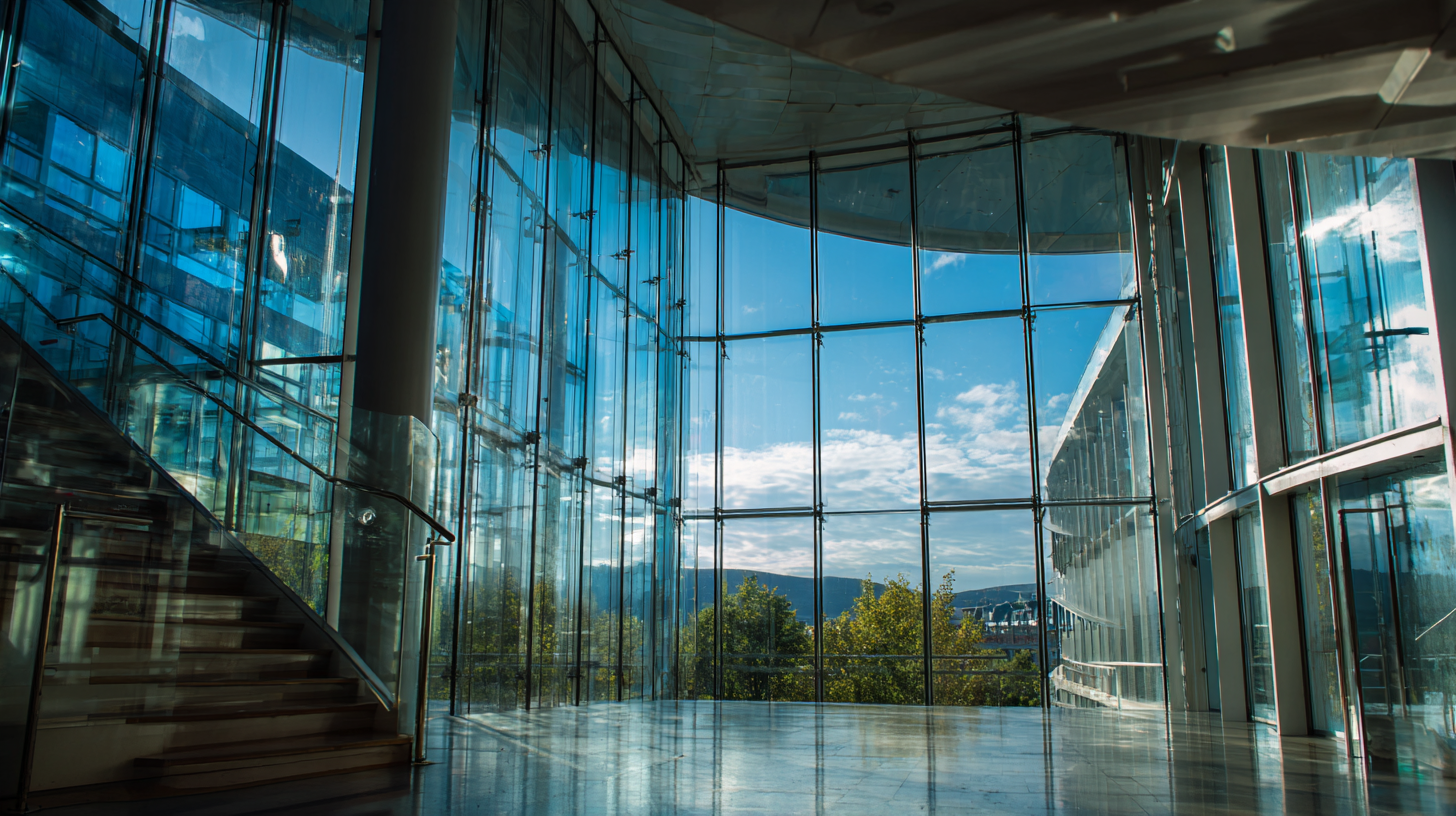
Moreover, research from the National Renewable Energy Laboratory indicates that utilizing energy-efficient windows can reduce energy consumption in buildings by nearly 30%. These glass windows often include features that minimize heat loss during colder months and reduce heat gain during the summer, resulting in a more stable indoor environment. The aesthetic appeal of large glass facades also complements contemporary design, promoting natural light utilization while minimizing the reliance on artificial lighting, ultimately contributing to lower overall energy costs. Such advancements make glass windows an ideal choice for modern architectural endeavors towards sustainability.
Glass windows have become a quintessential element in modern architecture, seamlessly integrating with various architectural styles to enhance aesthetic appeal and functionality. From sleek minimalist designs that emphasize clean lines to the intricate detailing of traditional styles, glass windows provide the versatility needed to adapt to different visions while maintaining structural integrity. The expansive use of glass in contemporary designs invites natural light, creating bright and airy spaces that feel open and inviting, regardless of the architectural context.
In industrial lofts, vast floor-to-ceiling glass panels celebrate the rugged charm of exposed brick and beams, merging old-world charm with modern practicality. Conversely, in more classic homes, architecturally framed glass windows harmonize beautifully with wooden elements and ornate facades, creating a timeless elegance that can elevate the entire structure. This adaptability makes glass a preferred material for architects and designers, allowing creativity to flourish in any style while also promoting energy efficiency and sustainability—an increasingly vital consideration in today’s design landscape.
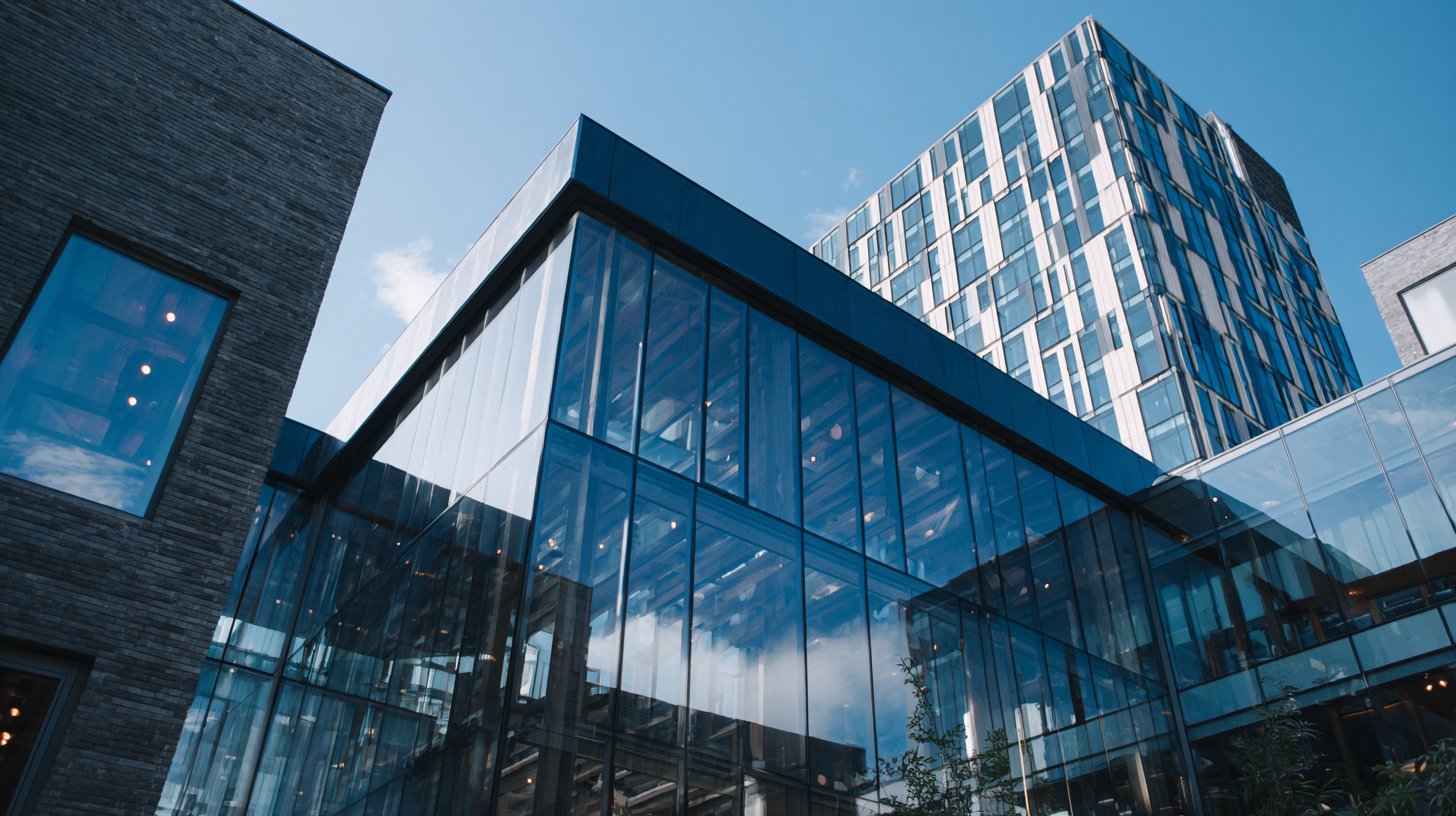
When it comes to modern architecture, glass windows stand out not only for their aesthetic appeal but also for their durability and low maintenance. According to a 2022 report by the Glass Association, architectural glass can withstand extreme weather conditions, including wind speeds of up to 120 mph, making it a resilient choice for structures in diverse climates. This robustness translates to fewer repairs and replacements over the lifespan of the building, ultimately reducing long-term costs for homeowners and developers alike.
In terms of maintenance, glass windows require minimal upkeep, which is a significant advantage in urban environments where grime and pollutants can accumulate quickly. A report by the International Window Cleaning Association indicates that with a simple cleaning routine every six months, glass windows can maintain their clarity and functionality for decades. Furthermore, advancements in glass technology, such as self-cleaning coatings, are becoming increasingly common, enhancing their practicality. These innovations not only simplify maintenance but also ensure that glass windows continue to perform optimally, aligning perfectly with the needs of contemporary architecture.
| Feature | Description | Durability Rating (out of 10) | Maintenance Frequency (per year) |
|---|---|---|---|
| Weather Resistance | Glass windows are designed to withstand extreme weather conditions, such as wind, rain, and snow. | 9 | 1 |
| Aesthetic Appeal | Glass enhances the modern look of buildings, providing a sleek and contemporary appearance. | 8 | 2 |
| Energy Efficiency | Modern glass windows can be energy-efficient, helping to regulate indoor temperatures. | 7 | 2 |
| Security Features | Laminated and tempered glass options provide increased security and safety. | 8 | 1 |
| Sound Insulation | Some glass windows are designed to reduce noise pollution, improving indoor comfort. | 7 | 3 |
Innovative technologies in modern glass window solutions have transformed the landscape of contemporary architecture,
offering unprecedented benefits in functionality and
aesthetics. With advancements such as low-E coatings,
solar control films, and triple glazing, glass windows now provide superior insulation and energy efficiency.
These features not only help to reduce energy consumption and lower utility bills but also enhance indoor comfort
by regulating temperature and minimizing glare.
Additionally, the integration of smart technologies has further elevated the role of glass windows in modern buildings.
Electrochromic glass, for instance, allows users to adjust the tint of their windows with a simple touch,
optimizing natural light while maintaining privacy. This adaptability is particularly valuable in urban environments
where space is at a premium.
Moreover, with the rise of
automated window systems, building occupants can enjoy enhanced ventilation and climate control, driven by sensor
technology that responds to environmental changes. In essence, innovative glass window solutions are essential for
creating energy-efficient, comfortable, and dynamic living spaces, making them the ideal choice for modern architecture.
The sustainable production of glass windows has become a focal point in modern architecture, particularly as the demand for eco-friendly building materials rises. Recent advancements highlight the potential of using crushed waste glass not only in construction but also as a viable alternative to traditional natural and manufactured sand in geotechnical applications. This shift is crucial in addressing the escalating costs and declining availability of conventional construction materials, signaling a transformative move towards a circular economy.
Moreover, life cycle assessments (LCA) are increasingly being employed to evaluate the environmental impacts associated with window production and usage in residential buildings. These assessments aim to provide a comprehensive comparison of environmental damages linked to various production methods. As innovative technologies emerge, such as converting windows into solar panels, the integration of sustainability into glass manufacturing is expected to spur further advancements, making glass windows not only a practical choice but also a pivotal element in the design of net-zero energy buildings. By integrating recycled materials and cutting-edge practices, the glass industry is poised to redefine its role in contemporary architecture.
This chart illustrates the energy efficiency of different window materials based on their U-values, with lower values indicating better insulation properties. Glass windows stand out as a leading choice for modern architecture due to their superior energy efficiency.
: Glass windows can seamlessly integrate into various architectural styles, including minimalist designs, traditional styles, industrial lofts, and classic homes, enhancing both aesthetic appeal and functionality.
Glass windows are highly durable, capable of withstanding extreme weather conditions, including wind speeds of up to 120 mph, which reduces the need for repairs and replacements over the building's lifespan.
Glass windows require minimal maintenance, with simple cleaning recommended every six months to maintain clarity and functionality. Advances like self-cleaning coatings further enhance their practicality.
Modern glass windows feature innovations such as low-E coatings, solar control films, triple glazing, and smart technologies like electrochromic glass, which allows tint adjustment for optimal light control and privacy.
Glass windows provide superior insulation and energy efficiency through advanced technologies, which help to reduce energy consumption, lower utility bills, and enhance indoor comfort.
Yes, glass windows help regulate temperature and minimize glare, improving indoor comfort while creating bright and airy spaces in buildings.
Smart technologies in glass windows, such as automated systems and sensors, enhance ventilation and climate control, allowing occupants to respond to changing environmental conditions easily.
Yes, the adaptability and low maintenance of glass windows make them ideal for urban environments, where they can invite natural light into limited spaces while maintaining functionality.
Glass windows enhance the aesthetic appeal of structures while providing practical benefits such as durability, energy efficiency, and low maintenance, making them a popular choice for architects and designers.
The durability and low maintenance requirements of glass windows result in fewer repairs and replacements, ultimately reducing long-term costs for homeowners and developers.
Glass windows have become an integral part of modern architecture, offering a multitude of benefits that enhance both aesthetics and functionality in contemporary spaces. One of the primary advantages of glass windows is their ability to bring natural light into interiors, creating brighter and more inviting environments. Additionally, advancements in glass technology have significantly improved energy efficiency, allowing buildings to maintain comfortable temperatures while reducing reliance on artificial lighting and heating.
Moreover, glass windows cater to various architectural styles, providing versatility that complements different designs, from sleek and minimalist to ornate and traditional. The durability and low maintenance requirements of glass also make it a practical choice for homeowners and architects alike. With a focus on sustainability, the production of modern glass windows, including innovative solutions like those from LEAWOD, reflects the industry’s commitment to eco-friendly practices. As pioneers in high-end windows and doors, LEAWOD continues to lead the market with products that are synonymous with quality and innovation, exemplified by our R7 seamless whole welding technology.
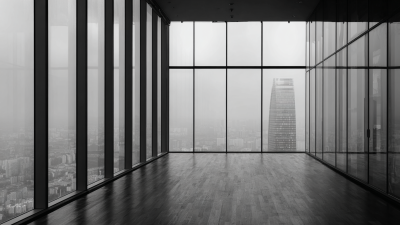
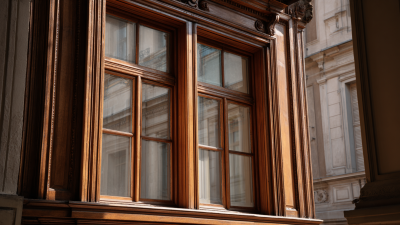

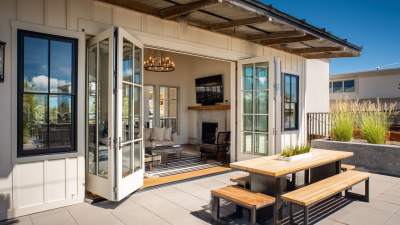

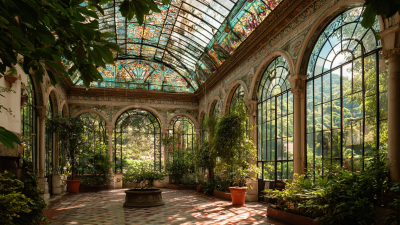





 +0086-157 7552 3339
+0086-157 7552 3339  info@leawod.com
info@leawod.com 